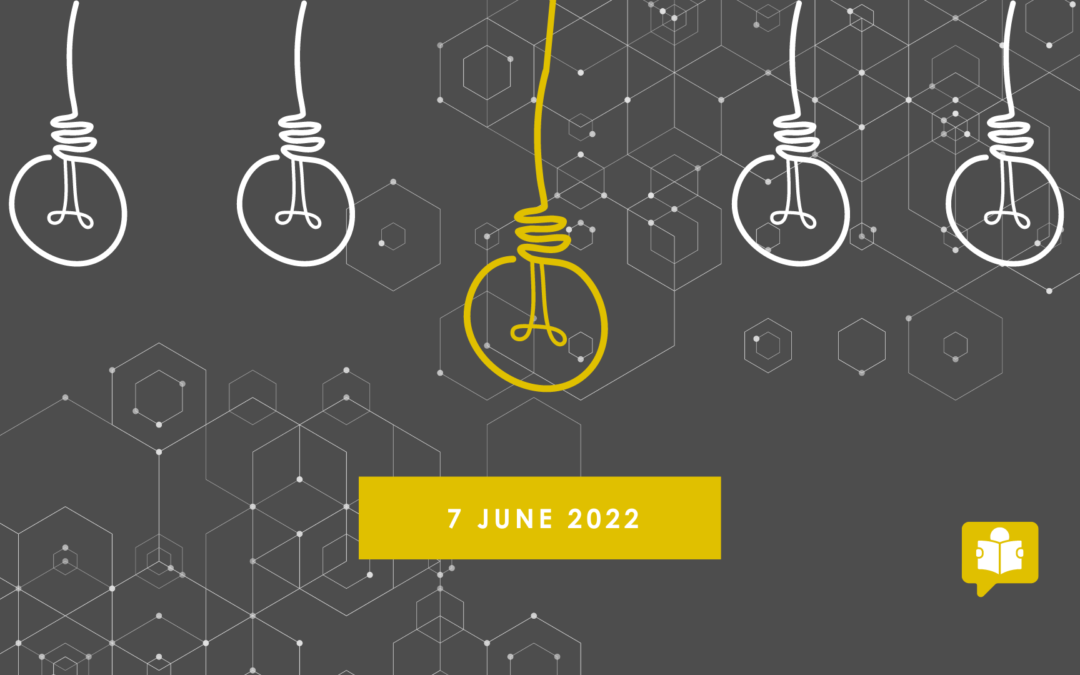This week we provide a short technical analysis summary based on ‘very’ short-term signals, followed by a team effort to discuss our ‘best investment ideas’ considering short-term inflationary pressures, higher developed market bond yields and probability theory on potential scenarios in the short (1-2 years) and medium term (3-5 years). Roeloff Horne provides a summary of this week’s investment meeting below:
TECHNICAL ANALYSIS FEEDBACK
Global equity indices are showing some signs of a recovery, with most of them turning short- term bullish over the last week. As stated last week, we still feel that it is too early to call medium- to longer-term bullish trends, but at least it’s heading in the right direction. It’s been another difficult week for the USD. This makes sense given a bit of a risk-on market over the last week, which usually sees investors moving out of USD cash back into the market.
When looking at SA technical analysis, our SA equity indices mirror the global sentiment by having a good week, but without the conviction of a medium- to longer-term trend. SA Government Bonds are also looking bullish, with some positive flows this week.
The ZAR is also looking a bit stronger against most other major currencies, except for the Brazilian Real that continues its position of strength.
BEST INVESTMENT IDEAS
We discussed various scenarios we think could play out in the short-term and how they could contrast with longer-term views. What we know is that we have a current global inflation challenge. The bond market has discounted a number of rate hikes by Central Banks in the US, UK and Europe, while the US Fed remains behind the curve within the rate hiking cycle. The US Fed actions will continue to dominate market reaction across the globe.
Some research reports indicate various ‘chokepoints’ with respect to energy, gas, microchip supplies which could completely derail certain developed market economic growth strategies as well as attempts to move to cleaner energy alternatives. It is clear that the world is not nearly ready to transition to cleaner power, energy and low carbon emission solutions. With this in mind governments can hardly afford ‘higher for longer’ interest rates considering the trillions of Government debt. Just to remind investors the higher bond yields spike up, the more Governments have to pay in interest coupons. The better alternative for Governments is to accept higher for longer inflation due to commodity supply constraints and to opt to stimulate economic growth – especially the US and China – by spending on infrastructure development. The current demand versus supply constraints benefit producers of energy and commodities with long-term supply constraints – all of which are mostly situated in Emerging Markets.
Even without evidence of a global infrastructure spending programme we favour Emerging Market value counters (this includes SA Equities). The iShares EM Value Factor Index ETF is trading below book value and on single digit forward PE ratios. These counters trade at a more than 50% discount relative to Developed Market counters as well as to their own history. So the theory is that there should be some value unlocked in Emerging Markets as China opens up its economy in the short-medium term. Commodities are also looking strong and with the world still in limbo with high demand and stinted supply, energy/PGM commodity strength should also continue over the short to medium term. If Central banks follow on with higher interest rates, expensive growth stocks will continue to fall out of favour which could continue the current trend where value stocks outperform growth stocks and investors should certainly tilt portfolios to respect higher yielding dividends, quality growth stocks in developed markets, while using the opportunity to slowly expose portfolios to Emerging Market value proxies, if not already exposed.
We certainly do not suggest ‘betting the farm’ on risk assets in the short term due to geo-political risks and a short-term energy and potential food shortage. Unless – of course – we have a short-term solution in terms of a Russia/Ukraine peace treaty and/or evidence of increased global infrastructure spend. It is therefore important to have some cash on the side-line at present in order to purchase risk assets when the market conditions change.
If a scenario follows where politicians’ opt to stimulate economies with a different kind of QE, for example infrastructure spending (even in SA!), the long term picture could look very different. We think there is a good chance that governments (especially the US) will have to find ways to stimulate the economy almost indefinitely, as most other alternatives to fight inflation may lead to stagflation and long term economic decay. A different kind of QE could boost demand for long duration Developed Market assets – growth/quality stocks, technology stocks, long dated government bonds (all so called long duration assets). These equity counters are still on very high PE multiples, therefore this scenario should only play out over the longer term after some contraction and when (if) governments start stimulating again.
It is evident that many active managers have positively navigated the last two and a half years of a new COVID world, with deepening commodity supply and demand challenges. Many active SA CIS and hedge fund managers have delivered outstanding returns relative to most cheaper indexation solutions and ….dare we say… crypto currency and other alternative asset classes. To navigate the ever changing capital markets, investors must remain focused on long-term returns (more than 5 years) and be willing to fund the higher cost of active management and trust that the experience of these market professionals will tilt portfolios between value and growth, short duration and long duration asset classes wisely as conditions change.
Our portfolio construction methodology to navigate these challenges in capital markets remains the same. We blend exposure to indexation solutions with active asset management solutions, and where possible in SA Portfolios, we respect that the new world scenario definitely warrants exposure to experienced hedge fund managers.
Our mantra remains: process delivers results
Risk Score
![]()
LOCAL: 4
![]()
GLOBAL: 4
Learn more about our Risk Score
At MitonOptimal we utilise our proprietary optimiser to calculate a SA and Global risk rating. This is a rating out of 10, with a rating of 5 reflecting our neutral risk position, 0 being a totally risk-off stance and 10 totally risk-on. We review and set the tactical risk rating on a weekly basis at our global investment meeting, and the outcome of this review may result in a tactical tilt to our portfolios. In extreme circumstances we might review our strategic risk score. For example: when we declare a risk score of 4, it means we are cautious relative to our long term strategic asset allocation plan – alternatively, when we declare a risk score of 6 we are more aggressively positioned relative to our long term strategic asset allocation plan.
Learn more about our Risk Score

Roeloff Horne
Head of SA Portfolio Management
The content of this article is for information purposes only and does not constitute an offer or invitation to any person. The opinions expressed are subject to change and are not to be interpreted as investment advice. You should consult an adviser who will be able to provide appropriate advice that is based on your specific needs and circumstances. The information and opinions contained herein have been compiled or arrived at from sources believed to be reliable and given in good faith, but no representation is made as to their accuracy, completeness or correctness.3
